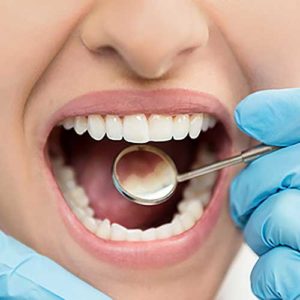New Advances Could Revolutionize Decay Treatment

The basics for treating tooth decay have changed little since the father of modern dentistry Dr. G.V. Black developed them in the early 20th Century. Even though technical advances have streamlined treatment, our objectives are the same: remove any decayed material, prepare the cavity, and then fill it.
This approach has endured because it works—dentists practicing it has preserved billions of teeth. But it has had one principle drawback: we often lose healthy tooth structure while removing the decay. Although we preserve the tooth, its overall structure may be weaker.
But thanks to recent diagnostic and treatment advances we’re now preserving more of the tooth structure during treatment than ever before. On the diagnostic front enhanced x-ray technology and new magnification techniques are helping us find decay earlier when there’s less damaged material to remove and less risk to a healthy structure.
Treating cavities has likewise improved with the increased use of air abrasion, an alternative to drilling. Emitting a concentrated stream of fine abrasive particles, air abrasion is mostly limited to treating small cavities. Even so, dentists using it say they’re removing less healthy tooth structure than with drilling.
While these current advances have already had a noticeable impact on decay treatment, there’s more to come. One, in particular, could dwarf every other advance with its impact: a tooth repairing itself through dentin regeneration.
This futuristic idea stems from a discovery by researchers at King’s College, London experimenting with Tideglusib, a medication for treating Alzheimer’s disease. The researchers placed tiny sponges soaked with the drug into holes drilled into mouse teeth. After a few weeks, the holes had filled with dentin, produced by the teeth themselves.
Dentin regeneration isn’t new, but methods to date haven’t been able to produce enough dentin to repair a typical cavity. Tideglusib has proven more promising, and it’s already being used in clinical trials. If its development continues to progress, patients’ teeth may one day repair their own cavities without a filling.
Dr. Black’s enduring concepts continue to define tooth decay treatment. But developments now and on the horizon are transforming how we treat this disease in ways the father of modern dentistry couldn’t imagine.
If you would like more information on dental treatments for tooth decay, please contact us or schedule an appointment for a consultation.
